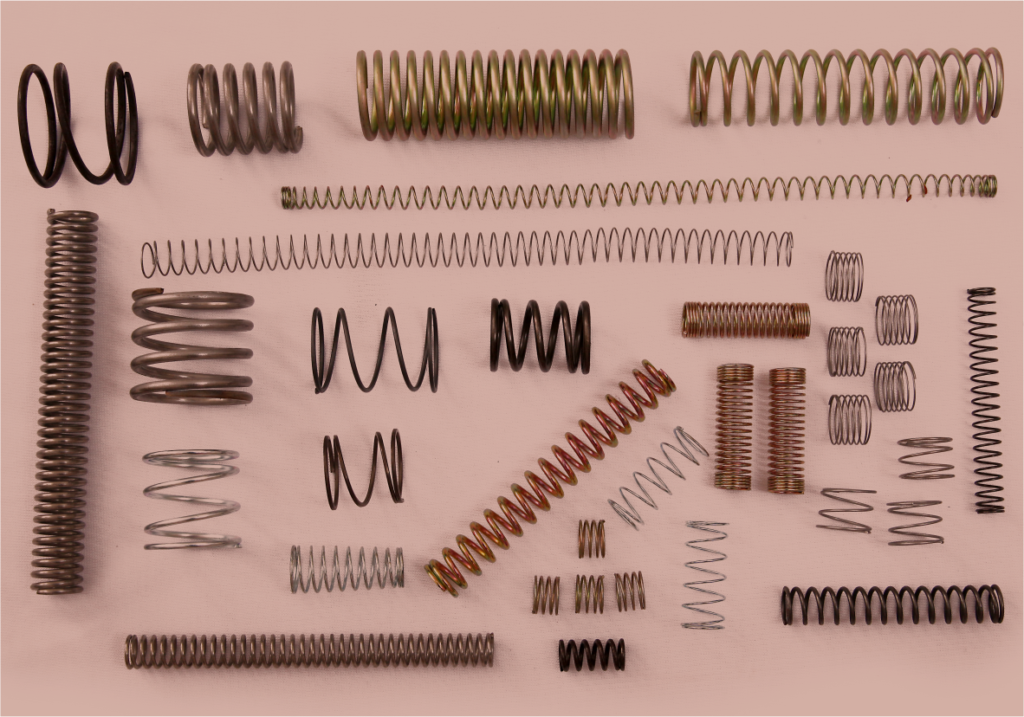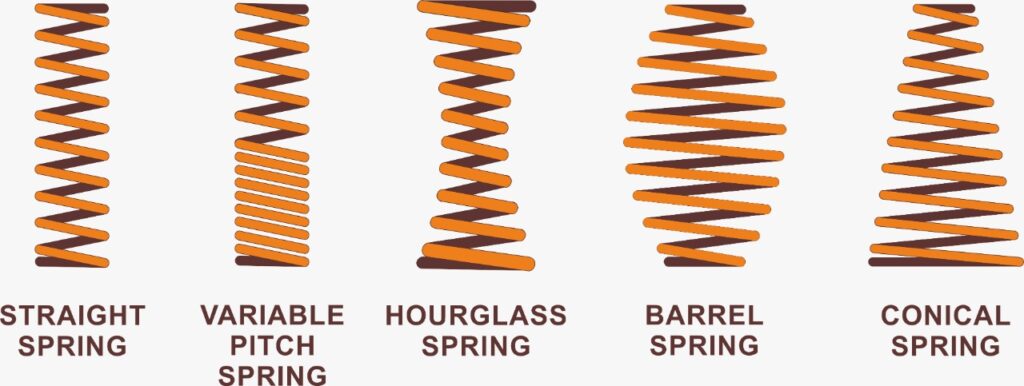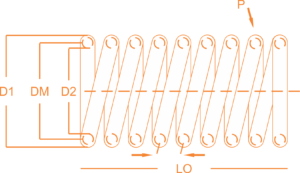Elleys Switches
Anchor by Panasonic Switches
Door Locks
GM Switches
Switches
Carbon Brush for Electric Motors
Office Stationary
Car Fuel Tank Cap
Vimal Switch
Aerosol Valves
Optical Specs Hinges
Aerosol Pumps
Popy Umbrellas
Polycab Circuit Breaker
Namolectric Rocker Switches
Door Hinges
Goldmedal Switches
 Wire Range
Wire Range

